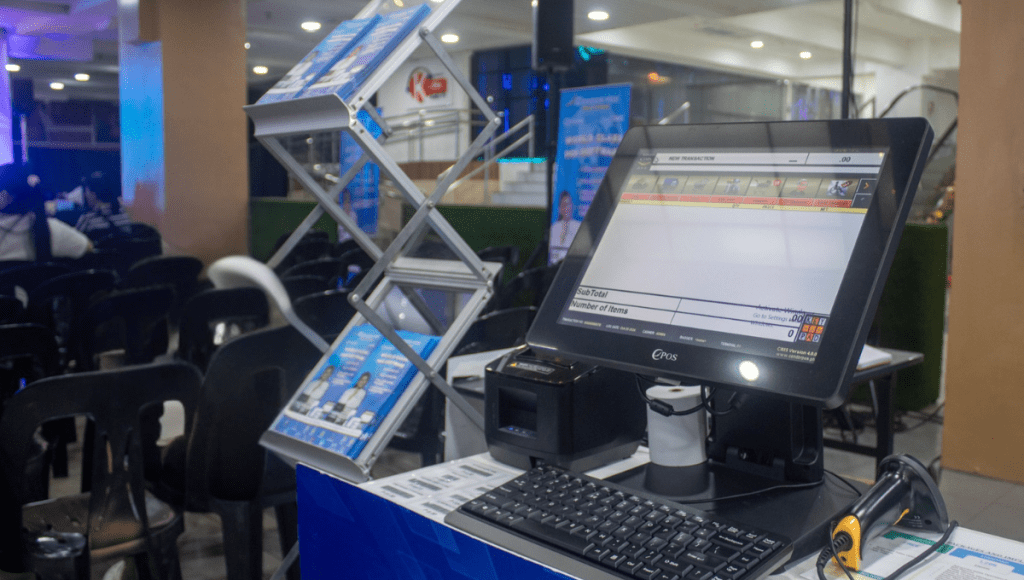
A Point-of-Sale (POS) system is an integrated solution combining POS hardware and software that businesses utilize to facilitate and manage sales transactions. At its core, a POS system typically consists of several key components, including a touchscreen monitor for user interaction, a receipt printer for customer documentation, a barcode scanner for efficient inventory tracking, a cash drawer for physical currency handling, and a payment terminal that accepts various forms of payment such as credit and debit cards.
The POS system software aspect is equally crucial; it not only processes sales but also manages vital functions such as inventory management, sales reporting, and customer relationship management. This comprehensive functionality allows businesses to track stock levels, analyze sales trends, and gather valuable insights into customer behavior, ultimately driving informed decision-making. Installations of POS systems must be executed with precision to ensure optimal performance and reliability.
A well-installed system can lead to streamline business operations, significantly reducing downtime that can hinder sales and customer satisfaction. Moreover, proper installation mitigates potential errors that may arise during transactions, decreases the likelihood of transaction delays, and guarantees seamless integration with other essential systems such as inventory management and accounting software.
In essence, investing time and resources into a thorough and efficient installation process is vital for maximizing the benefits of a POS system, enhancing both operational efficiency and customer service quality in a competitive marketplace.
Below is a step-by-step guide for installing your POS system:
- Assess Business Needs
Before installing a POS system, evaluate your business requirements:
-Determine the type of POS system suitable for your business (e.g., cloud-based, mobile, or traditional).
-Identify the necessary hardware components such as terminals, barcode scanners, receipt printers, and cash drawers.
-Choose software that integrates well with your accounting, inventory, and customer management systems. - Prepare the Installation Area
-Ensure sufficient power outlets and stable internet connectivity.
-Arrange the checkout area for ease of use and efficiency. - Gather and Set Up POS Hardware
Unbox and Inspect
-Verify that all hardware components are included and undamaged.
-Check that the touchscreen monitor, barcode scanner, receipt printer, and card reader are functional. - Positioning the Hardware
Place the touchscreen monitor and peripherals in an ergonomic, accessible location.
Ensure the card reader and receipt printer are positioned for easy staff and customer access. - Connect the Components
Use cables or wireless connections to link all hardware devices.
Plug all components into a reliable power source to prevent interruptions. - Install Software
Cloud-Based Software Installation
-Download the software from the provider’s website or follow the onboarding instructions.
-Ensure the system is connected to the internet for automatic updates and backups. - On-Premises Software Installation
-Insert the installation disc or download the program from the official site.
-Follow the on-screen instructions to complete the setup.
-Log in or create an account to activate the POS system. - Configure Settings of Your POS System
Product Database
-Input product details, including names, prices, and stock levels.
Tax Settings
-Set tax rates according to local regulations.
Payment Methods
-Enable various payment options such as cash, credit cards, mobile payments, and contactless transactions.
User Permissions
-Create staff accounts and assign different access levels for security and accountability. - Test Your POS System
-Conduct test transactions to ensure hardware components (barcode scanner, card reader, receipt printer) function properly.
-Verify that sales data is recorded accurately, and reports generate correctly
-Check network connectivity, especially for cloud-based POS systems. - Train Employees
-Conduct hands-on training sessions on processing transactions, inventory management, and reporting.
-Educate employees on troubleshooting common issues, such as connection errors or hardware malfunctions.
-Provide user guides for quick reference. - Finalize Your POS Installation
-Securely connect the system to the business network and enable automatic backups.
-Double-check that all settings and data entries are accurate for smooth daily operations. - Plan for Ongoing Maintenance & Support
-Schedule regular updates and backups.
-Provide a checklist for resolving basic setup issues (e.g., software not responding).
-Have a support team or service provider ready for assistance with complex problems or advanced configurations.
By following these steps, businesses can ensure seamless POS installation, leading to efficient transactions, better inventory management, and improved customer satisfaction.

The Benefits Of A Well-Installed Pos System
A properly installed Point of Sale (POS) system can truly be a game-changer in the landscape for businesses of all sizes. It facilitates seamless and efficient transactions, allowing for quick sales processes that enhance the overall customer experience. Beyond just handling payments, a robust POS system plays a critical role in precise inventory management, providing real-time data that helps prevent stockouts and reduces excess inventory.
Moreover, it empowers staff with the tools they need to deliver exceptional customer service, fostering loyalty and repeat visits. Dedicating time and effort to a comprehensive and structured installation process not only streamline operations but also sets the foundation for future growth and increased customer satisfaction, turning a simple transaction into a memorable experience.
Ensure your POS system is installed correctly for seamless operations. Schedule your free demo with Condor POS today and set your business up for success!



Leave A Comment